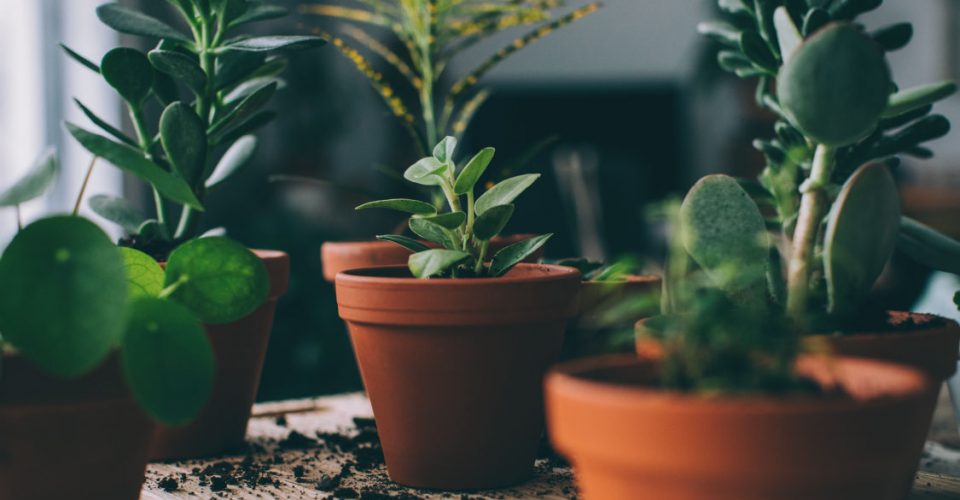Planting Design – The Global Range Of Plants
In this article I want to discuss how the availability of species is affected by the horticultural industry and its need to mass produce plants for mainstream commercial outlets. The larger plant retailers and the merchandising of their stock gives a limited view of the range of plants that it is possible to grow in the UK, and this is reinforced by popular TV shows and magazines that focus on a similar range.
Many of the larger plant retailers have reduced the areas devoted to selling plants, and in many cases the number of species they stock. In general the range of species they sell is a mix of ‘old favourites’ – which are really the species that are easiest to mass produce, easiest to keep looking good in a pot whilst in stock and reliably easy to grow for the customer, and seasonally marketed ranges or new introductions.

In order to design a new garden’s plant composition or add new species to an existing scheme, we must be aware that it is our willingness to research which species will grow in the climate of our garden and how far we are willing to travel to find them that limits the range of species available to us.
It is only laziness or lack of awareness of the huge range of smaller independent garden centres that buy and sell plants or nurseries that grow their own, which limits gardeners and designers to the species available at the local garden centre or DIY superstores. If you are prepared to search or travel further afield you can select plants from specialist growers and choose from a huge range of species.
Once you have decided to hunt for different plants that can offer a distinctive appearance to your garden you need to decide about how you will select the right ones – this involves learning a little about them and some research into who currently stocks them.
Knowing Your Plants
The names of the species and information about the growth and cultural requirements of the extended range of plants you are prepared to consider, is less commonplace than that written about the ‘standard’ species.
Often the best way to choose the right ones for your garden is to use a good book in conjunction with the internet, where you will find a map showing the different climate zones of the world. At a glance you can see that there are many zones with the same climate as the UK.
It is this map that truly shows the limits of what you can grow in your garden. After opening your awareness to this new range of choice you can consider the general character of plants that you like by simply browsing books or photos on the web, when you have found the genera that have the right characteristics e.g. Yuccas or Phormiums, Pittosporums or Euphorbias, and you can begin to look at the huge variety of species within each genus.
Once you have researched candidates for inclusion in your garden (bearing in mind that you will encounter many exciting ones you have not considered when at specialist growers), you can hunt for them on the internet or use the Royal Horticultural Society’s Plant Finder.
This method of selecting species will educate you better about the plants you have chosen and result in a better designed planting scheme than simply choosing whilst browsing the stock of specialist nurseries or garden centres based on impulse.
How To Buy The Right Plants
The bigger garden centres in the UK only trade in plants – simply buying and selling them without developing the same familiarity with their stock that smaller independent nurseries do.
By choosing the range of plants they grow without the commercial limitations mass production economics, the smaller nursery can specialise or stock a more eclectic range of species than mainstream outlets.
By nurturing their stock and seeing it develop, possibly over a number of seasons, they can offer you invaluable anecdotal information about that plant, giving you the confidence to grow it and other less common species in your garden.
By researching less common plants, sourcing them, travelling to the grower and learning from them, you can open up your creativity to include the distinctive shapes, colours and scents of less commonly seen plants – you will have empowered yourself by making a little extra effort, to bring an original look to your own home that is an expression of your own tastes.
You will be gardening with the plants that are truly possible to grow in the UK and will not be limited by the commercial interests of the horticultural industry. You will be free to choose from the global range of plants.

